Sacred Sites
The tomb of Nabi Sujud
Jewish tradition considers the tomb of the “prophet” of Sujud as that of Oholiab, son of Ahisamach, of the Jewish tribe of Dan. He was appointed by God to help Bezalel build the Tabernacle (Mishkan) that was carried during the wandering of the people of Israel in the desert. (Exodus 38: 21-23)
The burial site of Nabi Sujud was the most important pilgrimage destination for Jews of Sidon, Palestine, Syria, Egypt, and Lebanon, who came to celebrate the annual Jewish spring feast of Lag B'Omer. The pilgrimage culminated in a three-day long visit to the site of Nabi Sujud during Shavuot. On the final day, the pilgrims lit bonfires, at which Muslims also participated side by side with the Jews, in the sacrifice of animals and in religious vows.
The tomb is located in the south of Jabal Rayhan, east of the town of Sujud. At the end of 1930s, a prayer room was built on the site but it seems to have been destroyed during the civil war (1975-1990).
Amulets were made from sand from the site that were put into small wooden or fabric recipients and worn by many.
The tomb of Nabi Saydoun
“Zebulun shall dwell by the seashore; He shall be a haven for ships, and his flank shall rest on Sidon.” Genesis 49:13.
According to Jewish tradition, this is the tomb of the biblical prophet Zebulon, the sixth son of the Patriarch Jacob and Leah. He was the founder of the Zebulon tribe, which inhabited an area that included what is today southern Lebanon.
The tomb of Zebulon, called Saydoun by the Lebanese, is a small building with a domed roof close to a mosque in downtown Saida. Jews used to make a pilgrimage there toward the end of the springtime month of Iyyar.
It is largely forgotten and ignored today, but it remains de facto a sacred site of veneration and worship by people of all religions. Like much of the Jewish heritage in Saida, it is there, but forgotten.
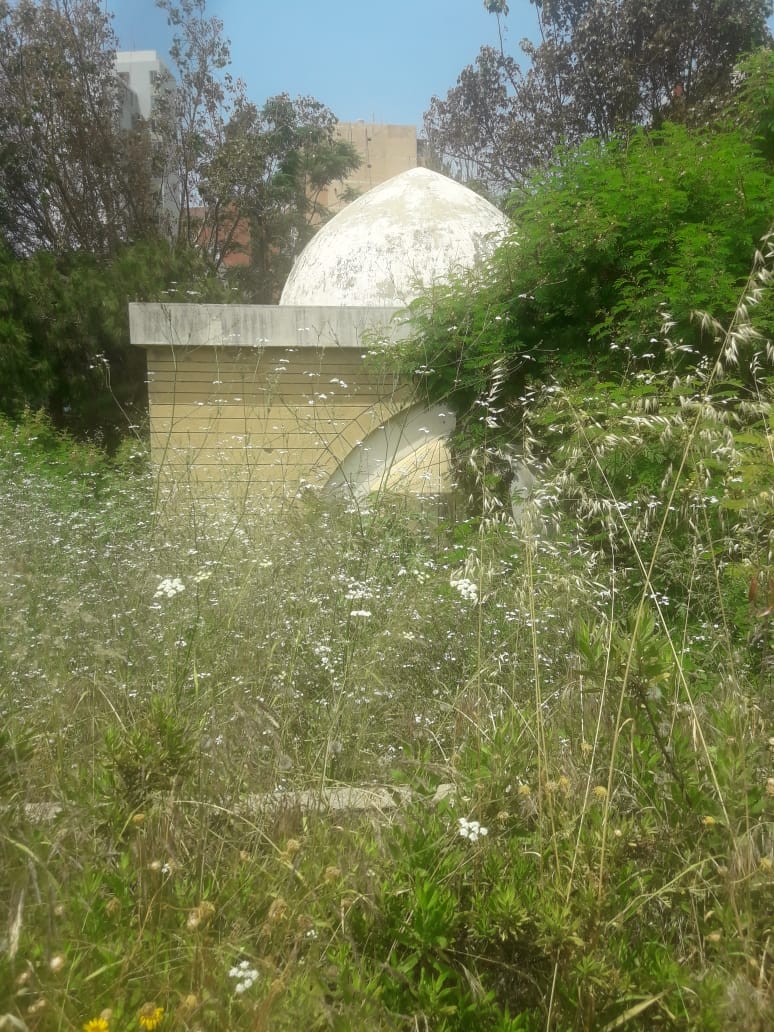
Loading...
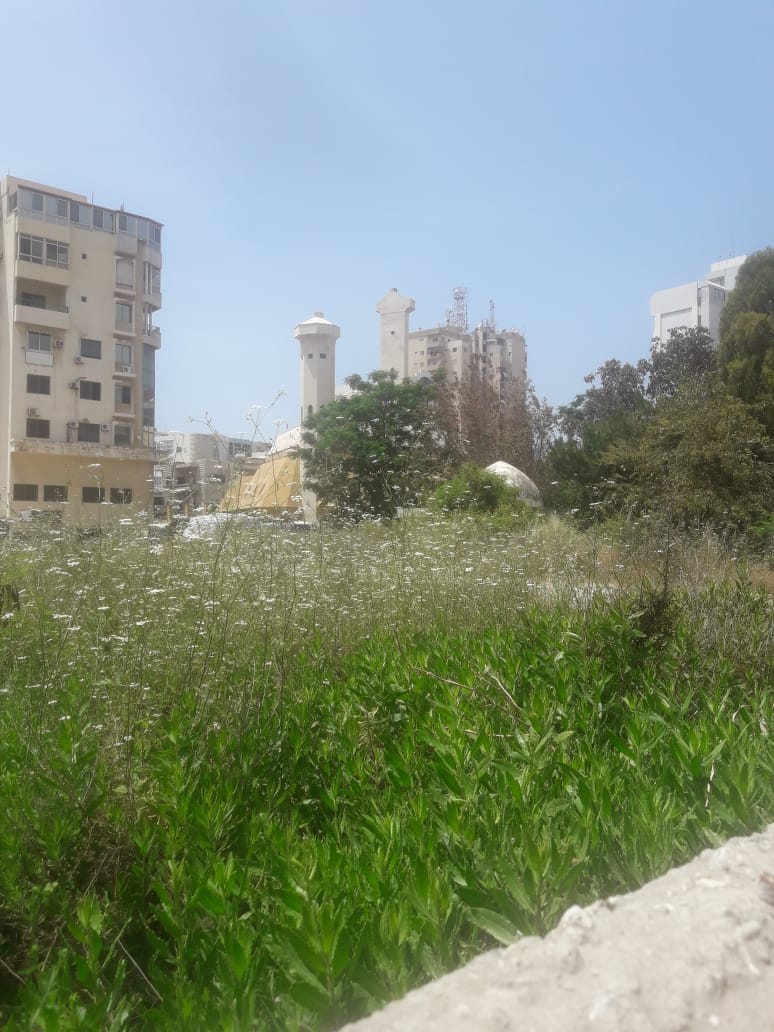
Loading...
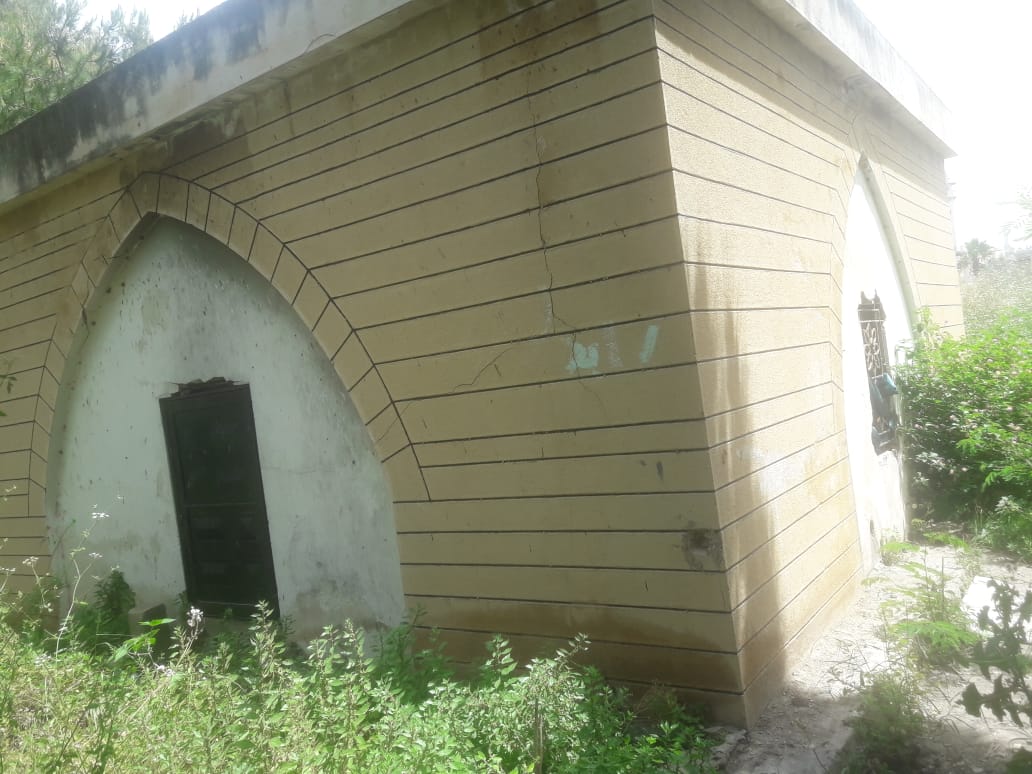
Loading...
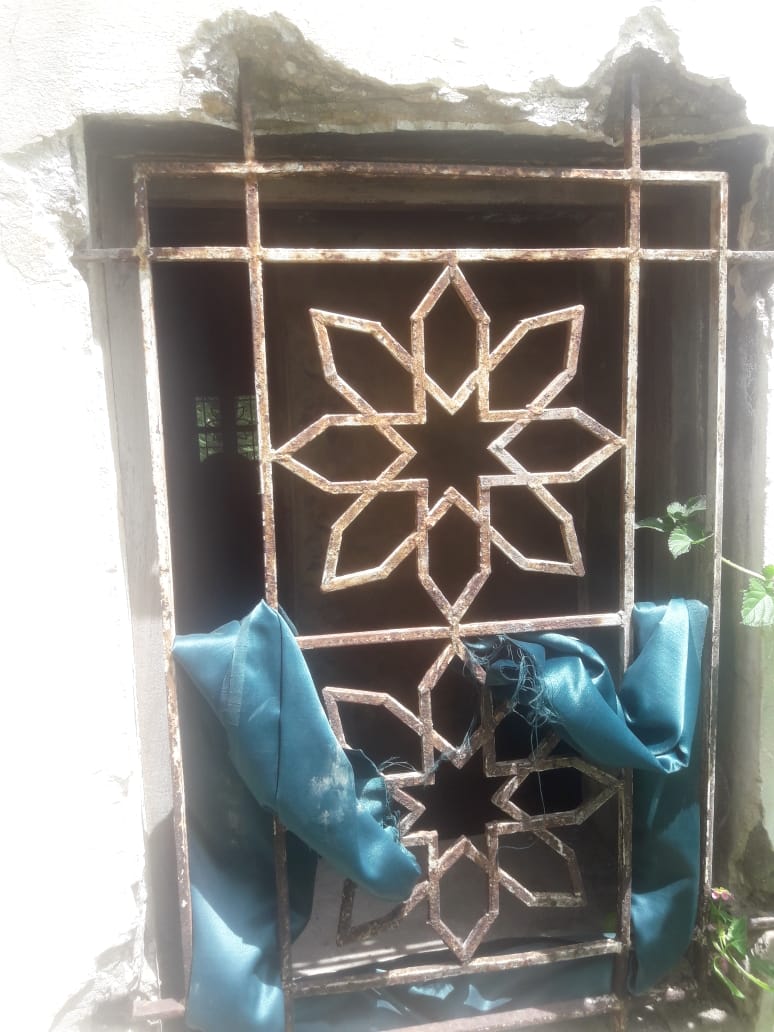
Loading...
Loading...
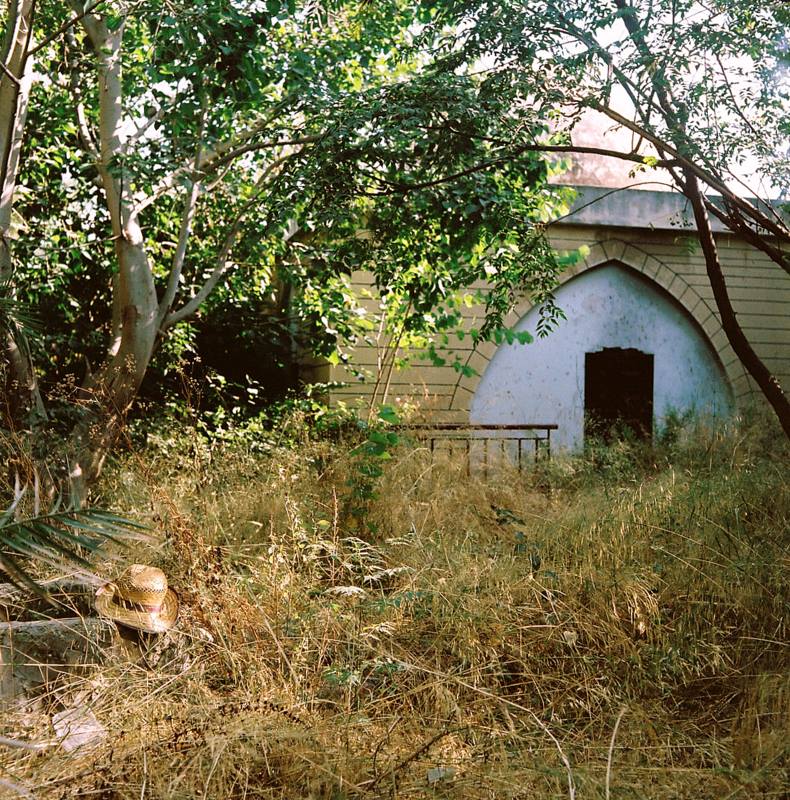
Loading...